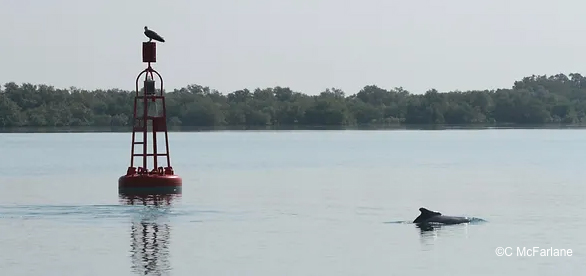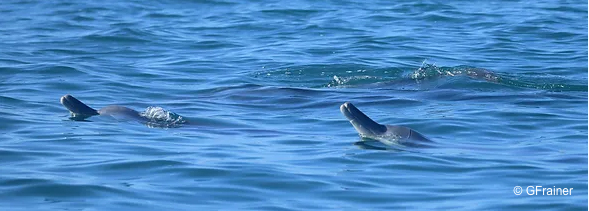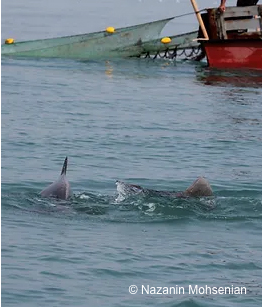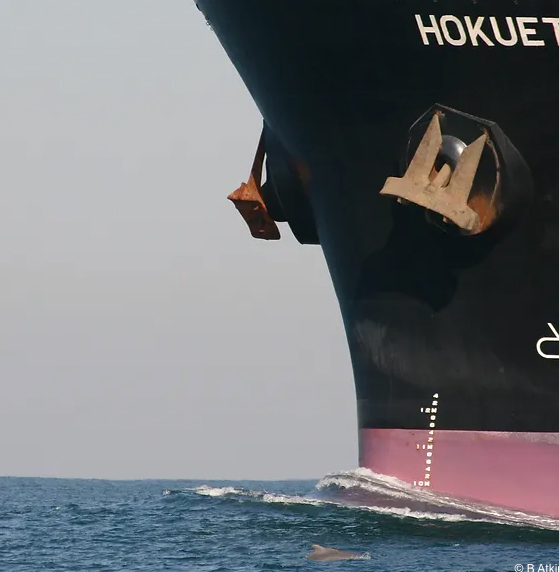Whale Watching in Hermanus
Hermanus is regarded as the whale watching capital of South Africa. By Land - By Boat - By Air
Hermanus is regarded as the whale watching capital of South Africa. By Land - By Boat - By Air
The Old Harbour Open-Air Museum is a provincial heritage site. It is unique in that apparently it is one of only two fishing harbours in the world that has been conserved in tact.
meanders for almost 11 kilometres along the coast from the New Harbour in the west to the estuary at the mouth of the Klein River in the east.
The University of Pretoria’s (UP’s) Mammal Research Institute (MRI) Whale Unit, based in Hermanus outside Cape Town, is playing a leading role in a new global network aimed at galvanizing conservation action for the increasingly vulnerable Indian Ocean humpback dolphin.
Dr Shanan Atkins, from the Whale Unit, is coordinating the Indian Ocean Humpback Dolphin Conservation Network (HuDoNet
“Most people may have never heard of Indian Ocean humpback dolphins,” Dr Atkins explains. “As South Africa’s most endangered marine mammal, they are shy and elusive and inhabit a narrow strip of water on our coastline.
In most places, humpback dolphin populations are small and declining because of their proximity to highly populated coastlines. “They are affected by human activities that occur on land, in fresh water, and in the ocean. The dolphins die in fishing nets, their habitats are altered by port and harbour construction, coastal development, dredging, and land reclamation. They are susceptible to pollution, such as chemicals and loud underwater noise,” Dr Atkins says. She adds that these activities threaten the survival of the dolphins in ways that are challenging to understand and measure, but likely to be impactful.
HuDoNet was launched this year as a way of fostering and facilitating collaborative research and management efforts, and sharing expertise to support conservation initiatives for the humpback dolphins across the member organisations’ geographical range. The University of Pretoria, through its MRI Whale Unit, along with the University of St Andrews (Scotland) and Zayed University (United Arab Emirates), were among the founding partners.
 These dolphins are very specific about the habitats they prefer and they have a particularly restricted distribution. Both of these characteristics are known to increase the risk of extinction. They are limited to very shallow coastal waters, usually within 2 km of shore - the same places that most small-scale fishers set their gillnets and this puts them at high risk of entanglement and death.
These dolphins are very specific about the habitats they prefer and they have a particularly restricted distribution. Both of these characteristics are known to increase the risk of extinction. They are limited to very shallow coastal waters, usually within 2 km of shore - the same places that most small-scale fishers set their gillnets and this puts them at high risk of entanglement and death.
Biology
 A humpback dolphin can be recognized by the dorsal ridge (which in some animals forms a pronounced hump) and small dorsal fin. They have a characteristic way of surfacing - breaking the water’s surface with their long thin rostrum/nose, which is followed by the head and then arching back.
A humpback dolphin can be recognized by the dorsal ridge (which in some animals forms a pronounced hump) and small dorsal fin. They have a characteristic way of surfacing - breaking the water’s surface with their long thin rostrum/nose, which is followed by the head and then arching back.
Humpback dolphin calves are born at about 1m in length, usually in the summer. Females give birth to a single calf, after a gestation period of about 1 year, at about 5-year intervals. Both sexes reach maturity at about 8 years of age. In South Africa, females do not grow much bigger than 2.4m whereas males do not grow much bigger than 2.7m. Humpback dolphins can live to ages of over 40 years.
 Gillnets
GillnetsBecause humpback dolphins are restricted to shallow coastal habitats, they live in some of the world’s most intensively utilized, fished, shipped, modified, and polluted waters. The primary threat to the Indian Ocean humpback dolphin throughout its range is incidental mortality in gillnets (‘bycatch’), including shark control nets in South Africa.

There are also very few areas where this dolphin’s habitat has not been altered by humans. Around the western Indian Ocean rim and adjacent gulfs and seas, large and small ports are being developed incredibly rapidly, often in the estuaries and protected bays that best suit humpback dolphins. Harbour construction, maintenance, construction, blasting, land reclamation, dredging and boat traffic
Living so close to shore, humpback dolphins are exposed to various contaminants and many of these contaminants accumulate in the dolphin’s layer of blubber
Very few people have even heard of humpback dolphins which makes it particularly difficult to conserve them. However, the situation is far from hopeless and conservationists luckily have various tools in their toolboxes.
Call us and schedule your listing today! Contact Us
in and around Hermanus
With countless Southern Right Whales gathering along the Whale coast every year to mate and to calve
One for the Bucket list
Experience the exceptional and come face to face with a great white shark! Gansbaai also known as Shark Alley…
4 x Wine Routes
Hermanus is surrounded by 4 Wine routes, the Hermanus - (Hemel-and-Aarde); Stanford -, Elim - and Botriver Wine Route
![]()
in the Cape whale Coast
Hermanus is a spectacular seaside town with winding cliff paths, sloping green mountains, and deep blue waters.
Copyright © 2025 Hermanus Online Magazine. Web Development by Jaydee media.